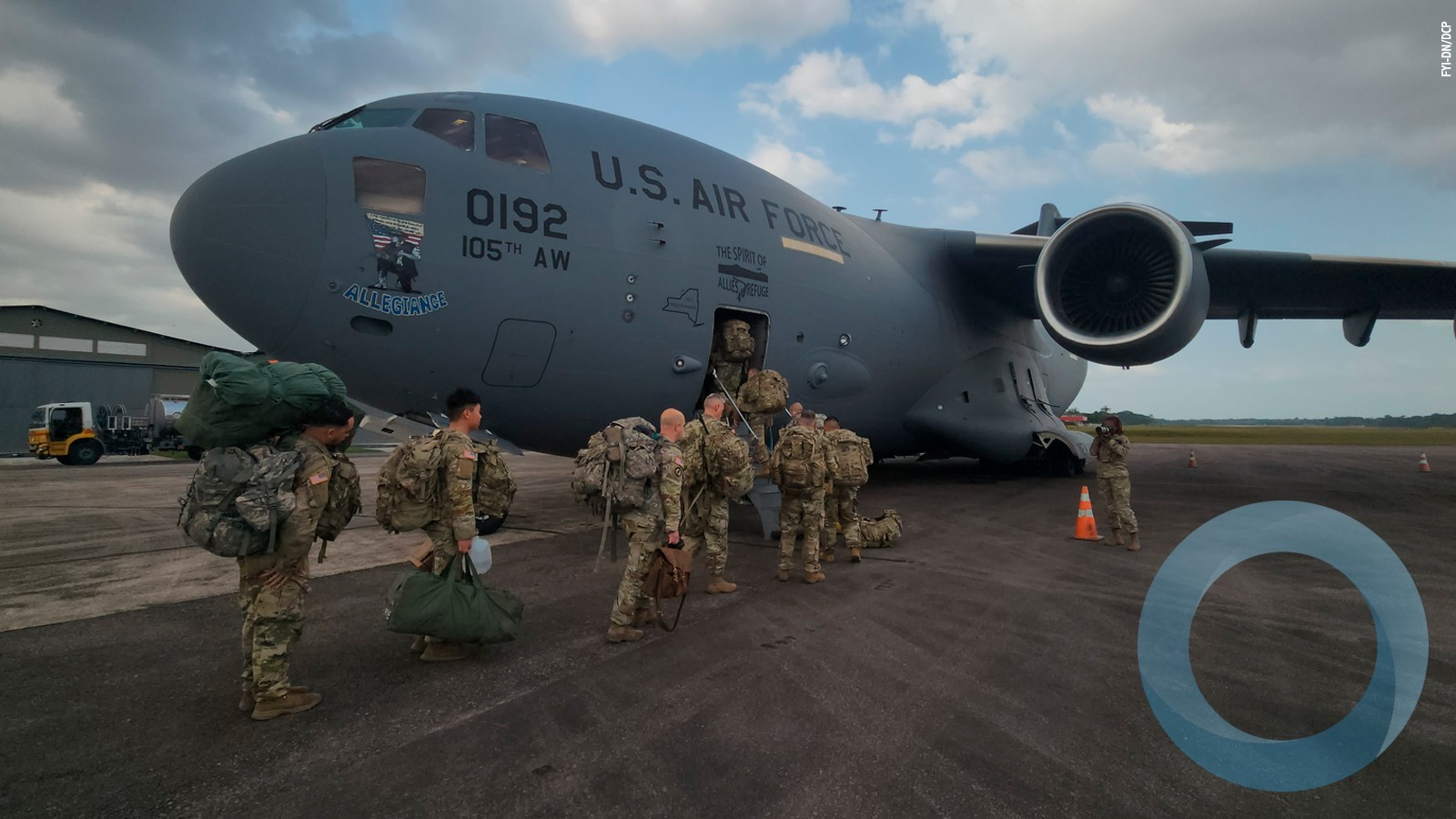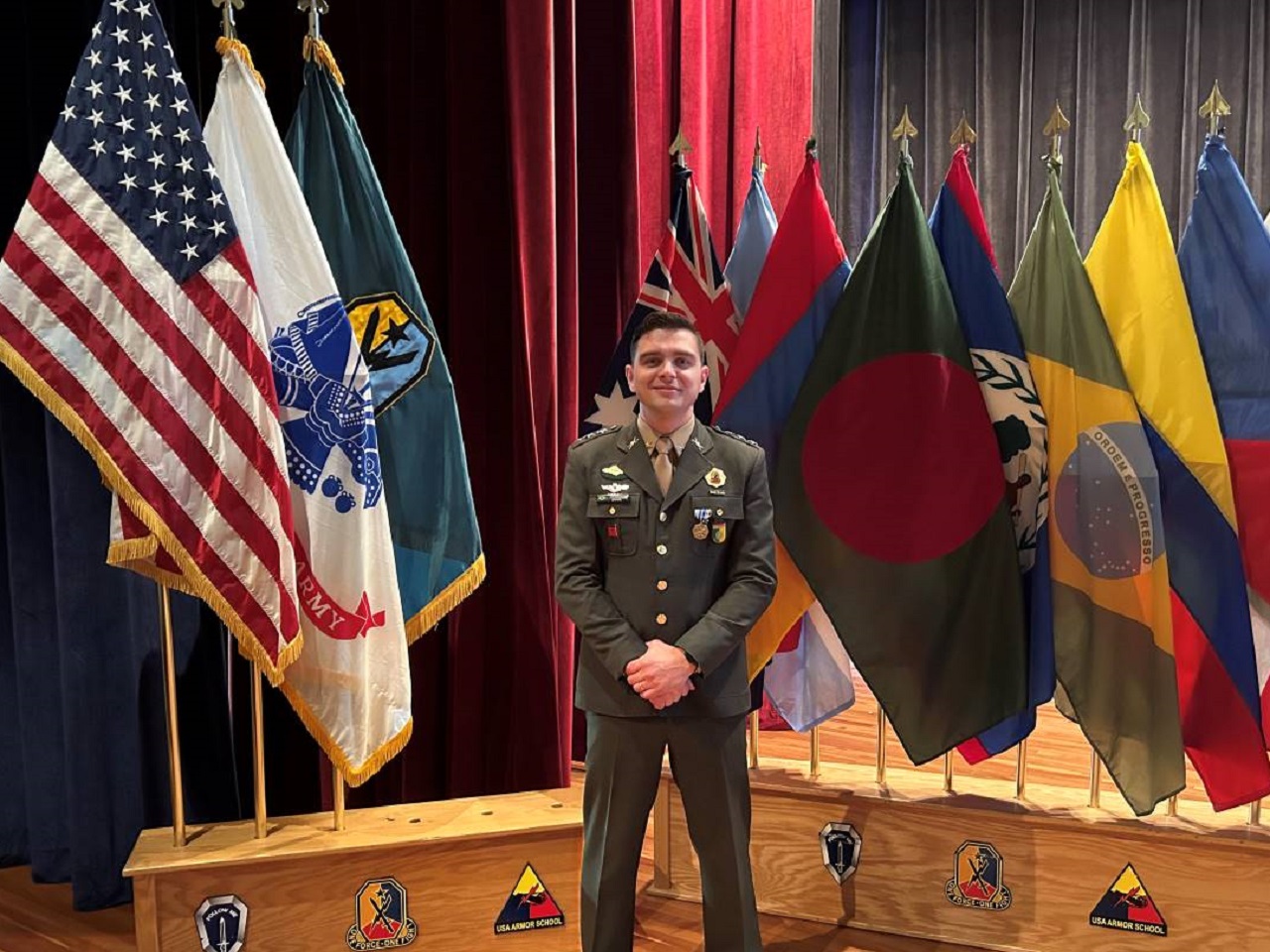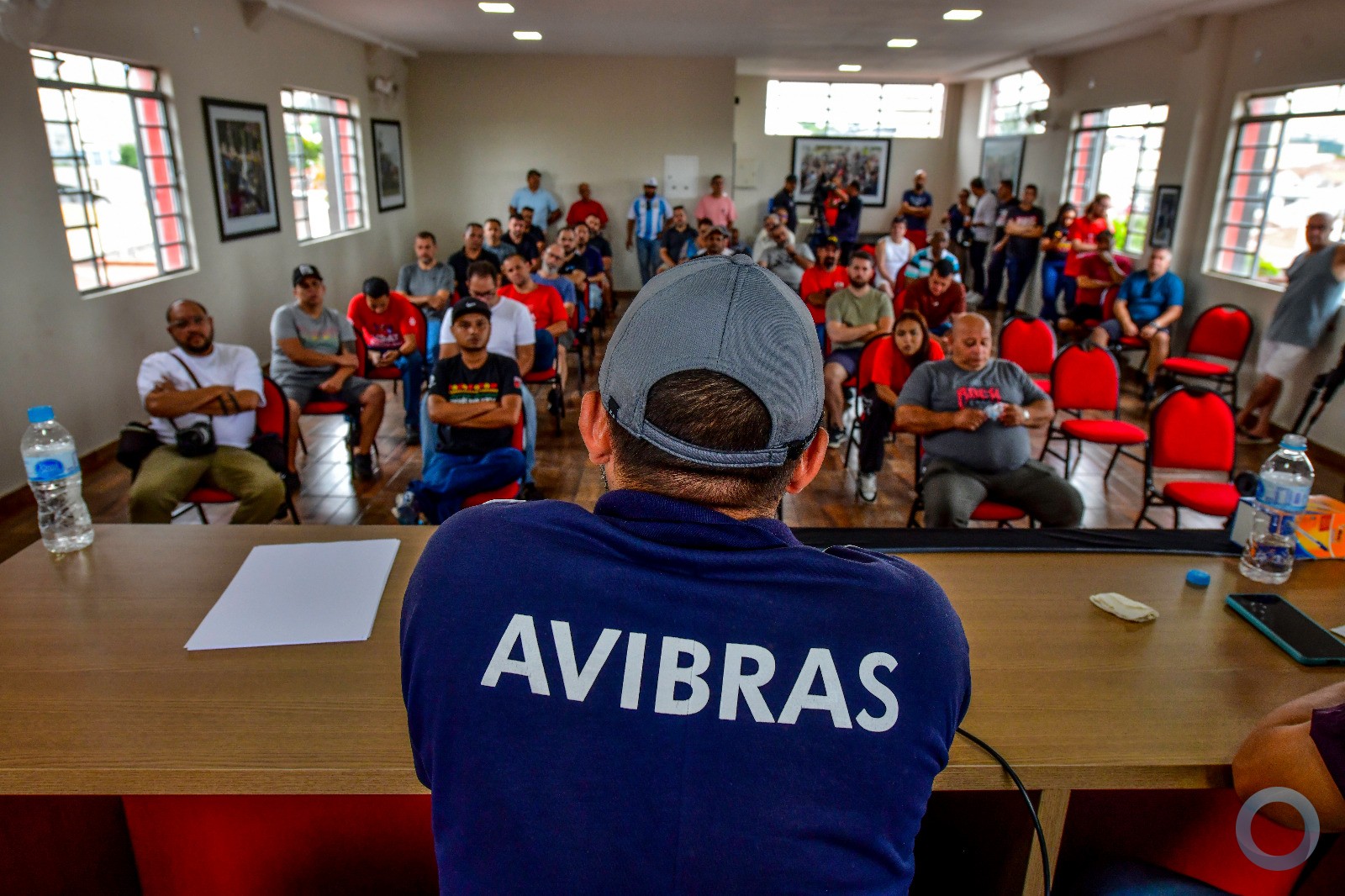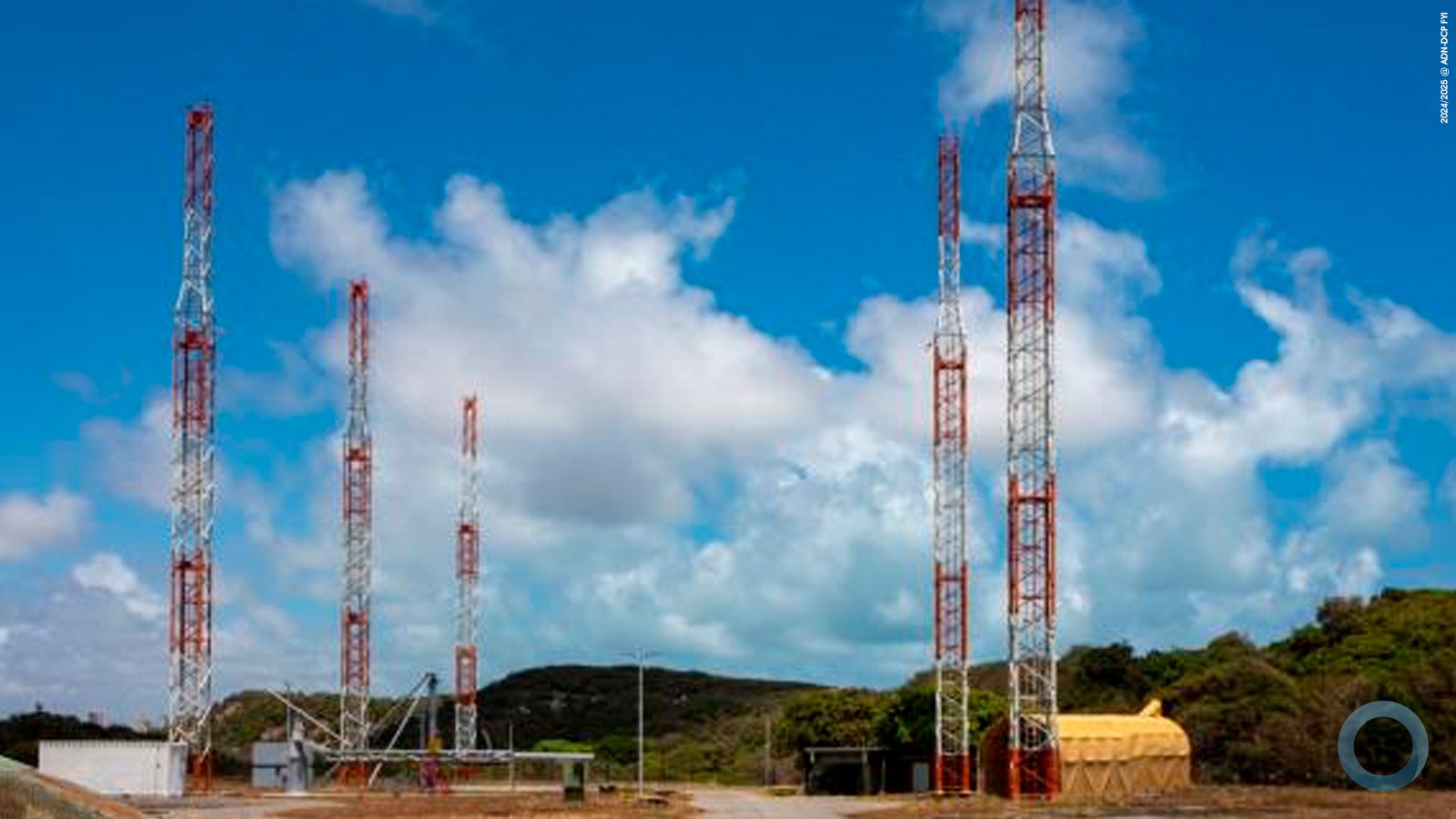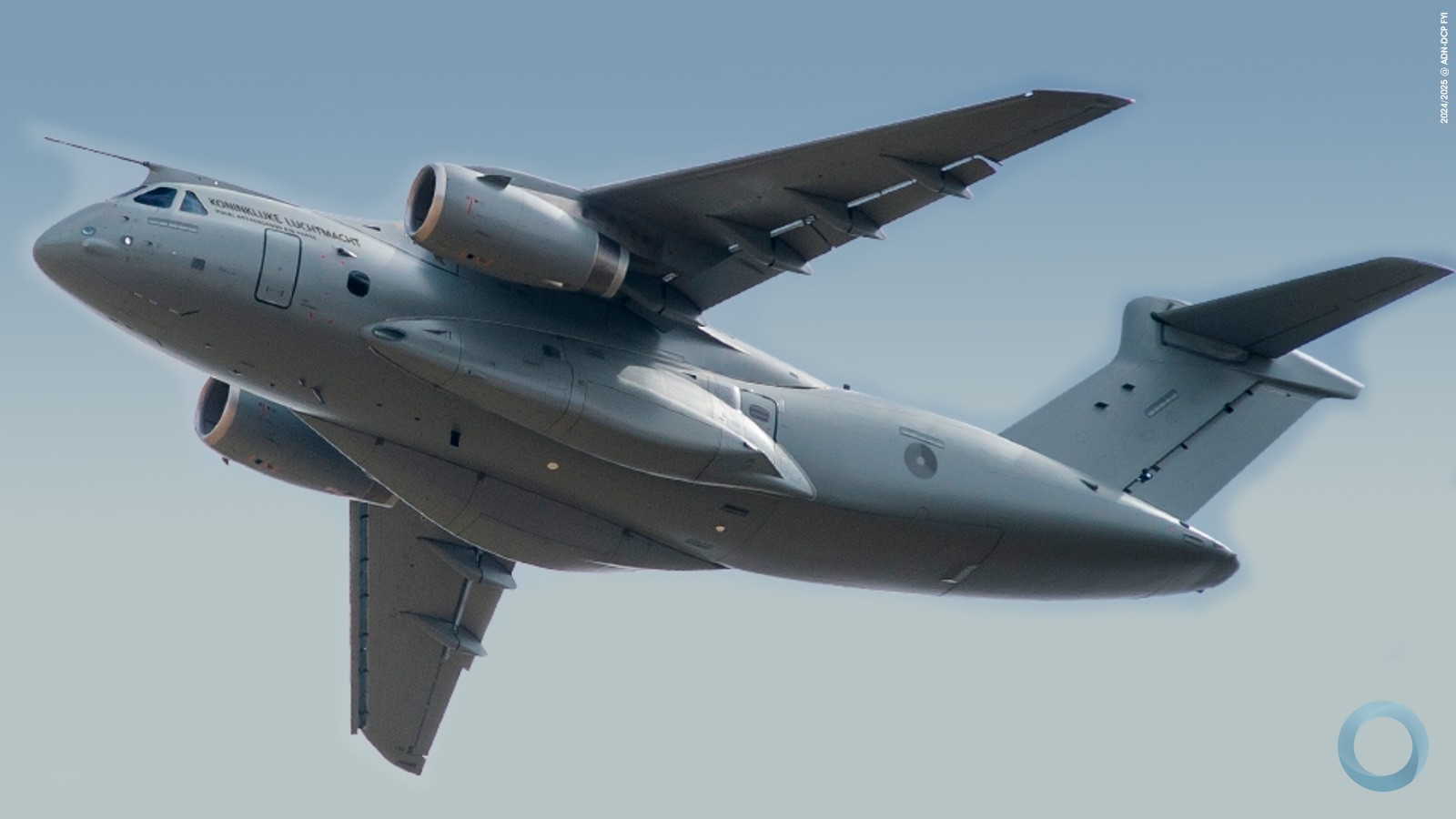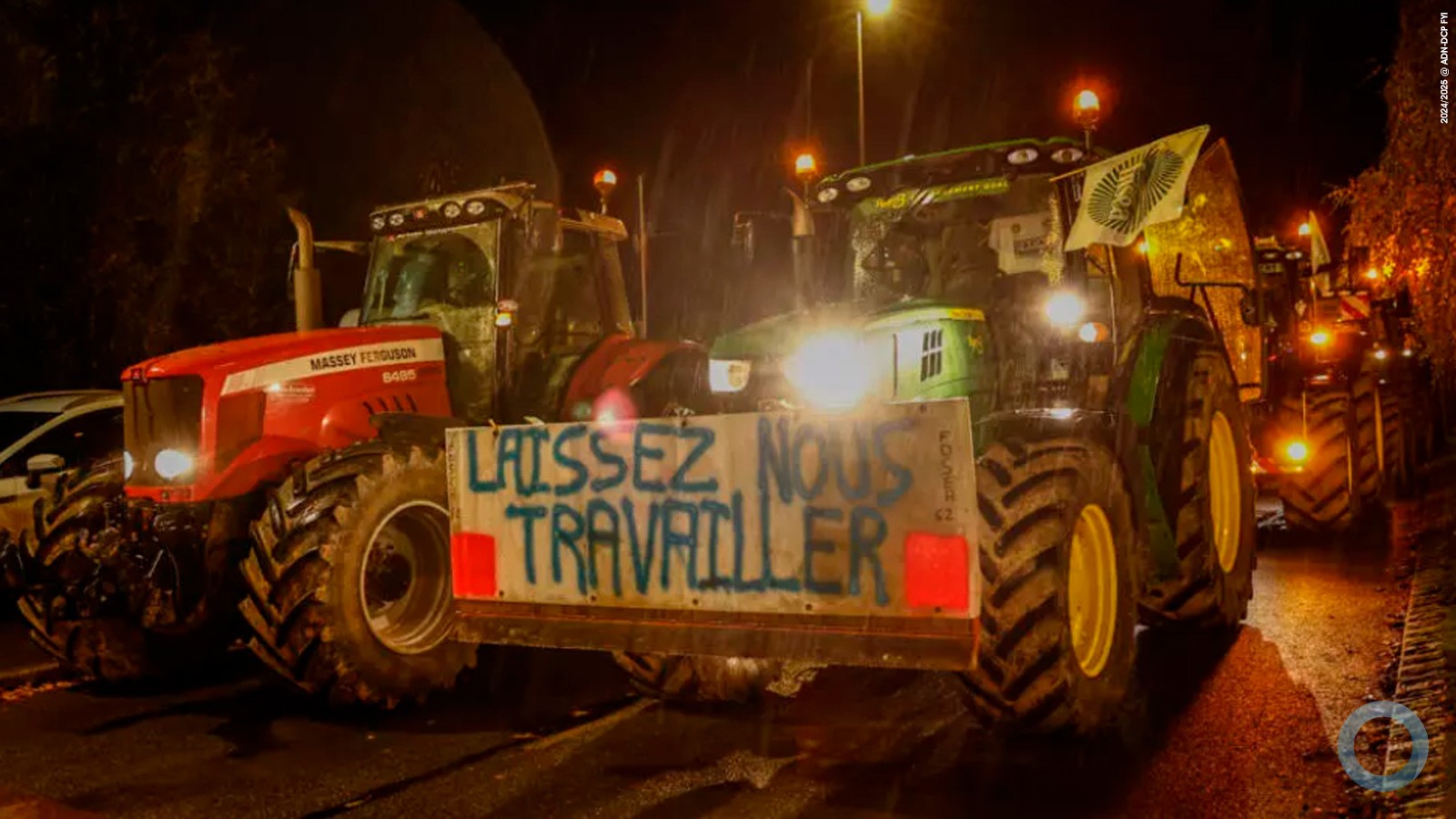|
|
On 22 February, a parade was held on the field of the Brazilian Army 26th Airborne Infantry Battalion to mark the arrival and demobilization of the soldiers participating in the Culminating Exercise. The training began on 3 January at the Joint Readiness Training Center in Fort Polk, U.S., as part of an exchange between Brazil and the U.S., and concluded the five-year activity plan.
The Brazilian company returned to Brazil on the morning of Monday, 22 February, at Galeão Air Base. There, the troops were received by the Airborne Infantry Brigade Commander, MG Helder de Freitas Braga, the Chief of the Logistics Operations Coordination Center, MG Himario Brandão Trinas and other officials.
During the event, MG Helder congratulated the troops for their success in the training exercise. “Today I am proud of what you have accomplished. You have done exactly what we expected and desired. You deserve the credit. We cannot fail to remember that this endeavor was only possible because of the structure of the Brazilian Army as a whole. Be modest. Use this experience to teach others what you have learned.”
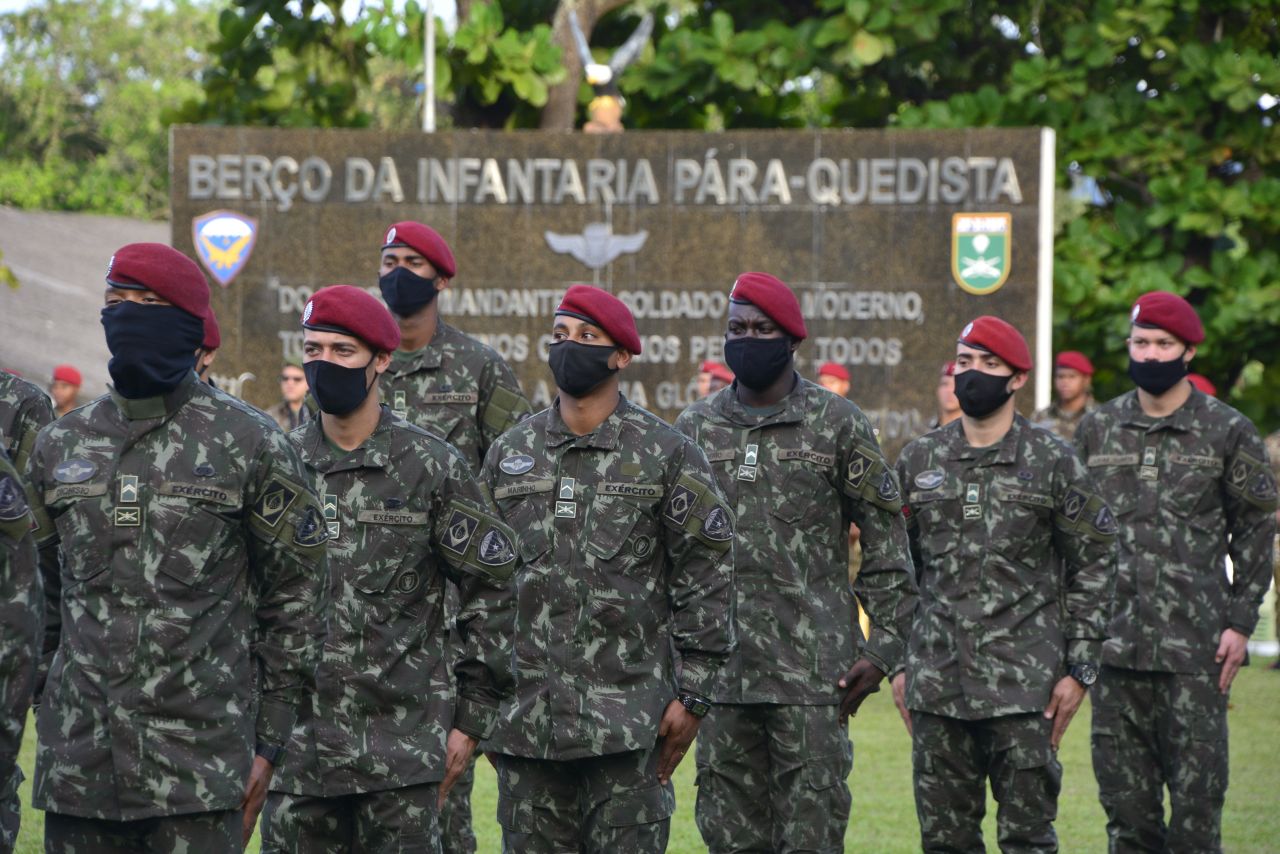

The Exercise
The Culminating Exercise counted on the participation of a Brazilian Airborne Company within an 82nd Airborne Division battalion brigade. The Task Force (FT), prepared for airborne operations, used the latest generation individual and collective equipment and armaments: 84mm recoilless cannons; 60 and 81mm mortars; light machine guns; night vision devices; laser sights; optical telescopes; GPS; various means of communication; and MC-1 parachutes. The company-level task force was composed of 172 paratroopers.
In Brazil, the exercise was divided into five phases. In the first and second phases, the company from the Airborne Infantry Brigade participated in an airborne assault and accomplished the missions of seizing and holding the airhead. In the third and fourth phases, they trained air-land infiltration for the occupation and stabilization of the urban area of São José do Barreiro, in the interior of São Paulo. In the fifth phase, live fire was used.
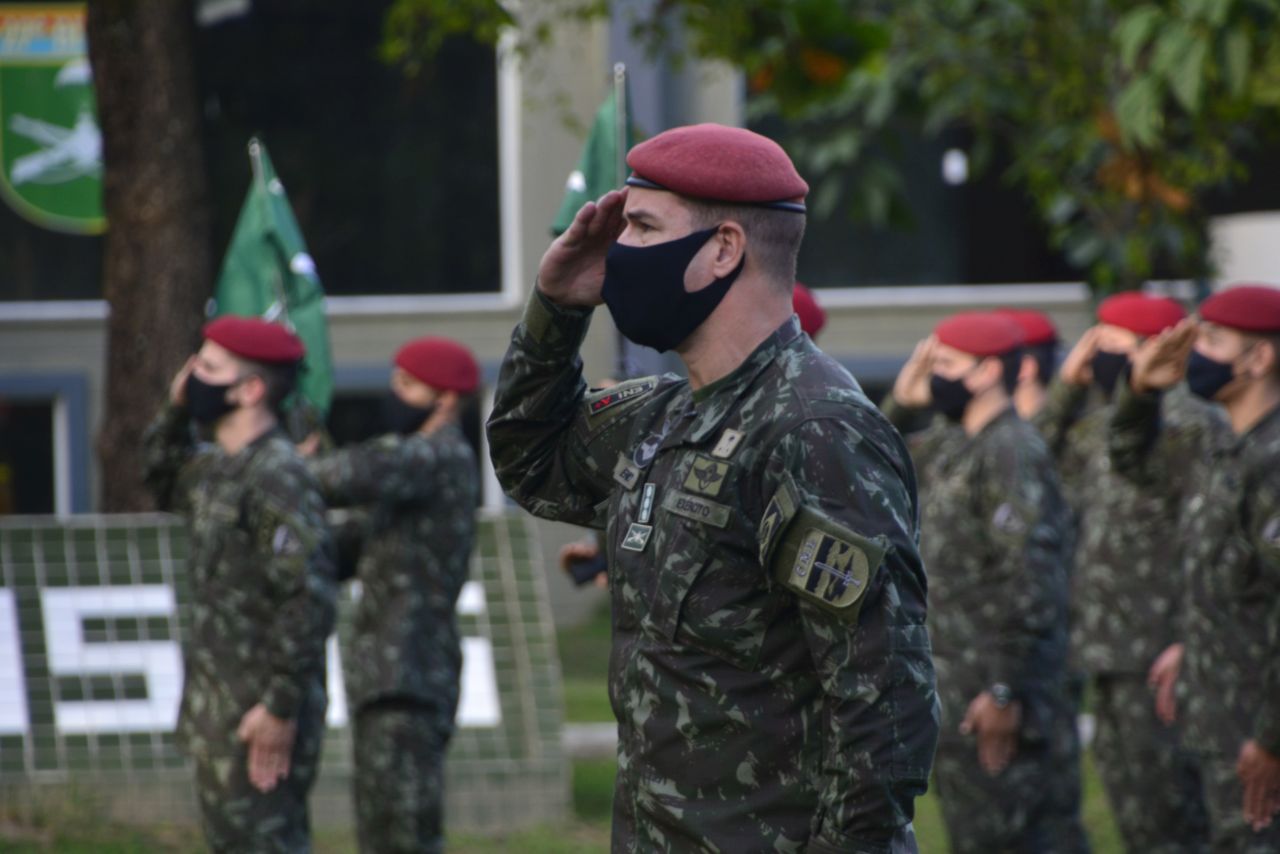

In the United States, activities began with paratrooper adaptation to American airborne techniques, which ended with the jump, on 20 January, from an American C-130 military aircraft with T-11 parachutes. Following preparation, Company drivers received theoretical and practical instruction on the American HUMVEE and LMTV vehicles in order to use them during the exercise.
After the arrival of the 1-505 PIR, American Battalion of the 3rd Brigade Combat Team/82nd Airborne Division, the activities of receiving orders, planning, issuing orders, as well as tests and pre-combat inspections began.
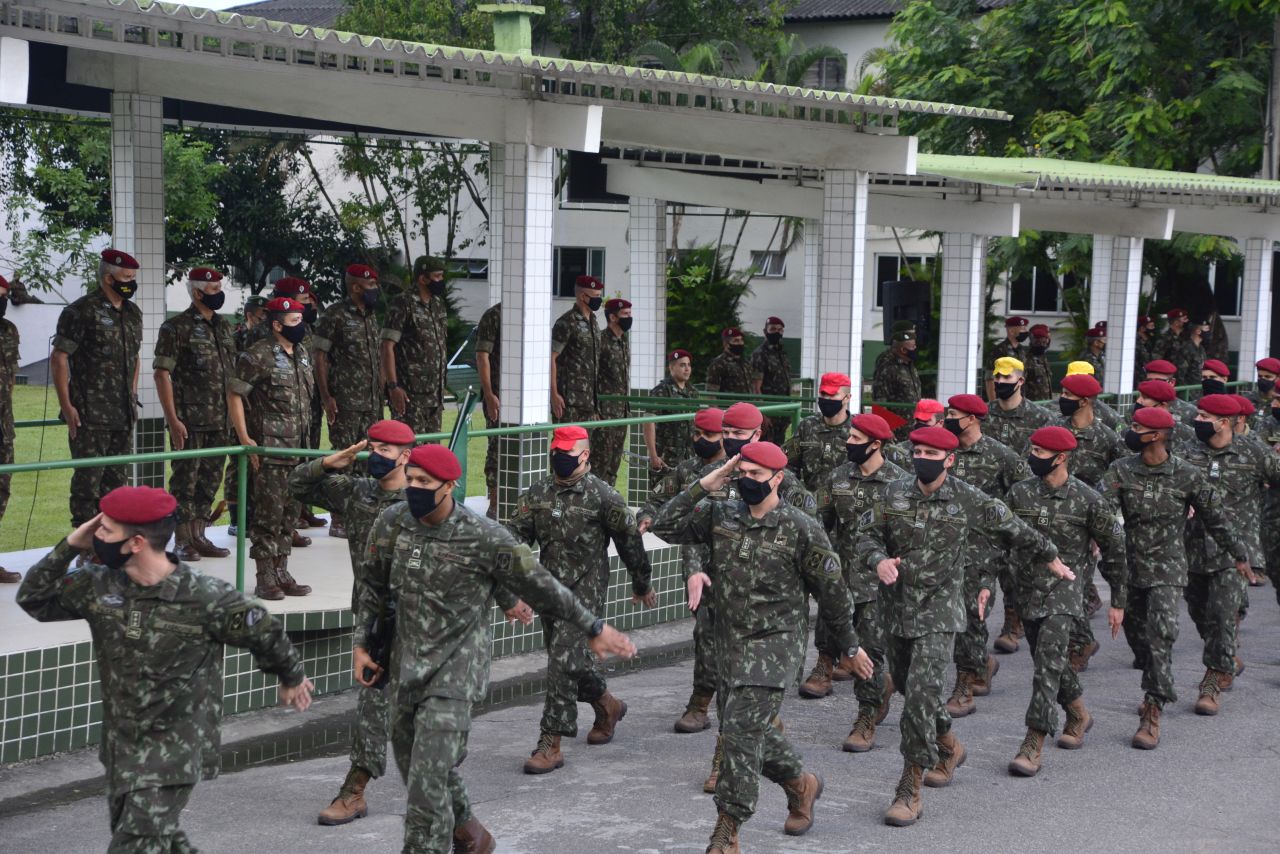

Fonte: 26º Batalhão de Infantaria Pará-quedista






